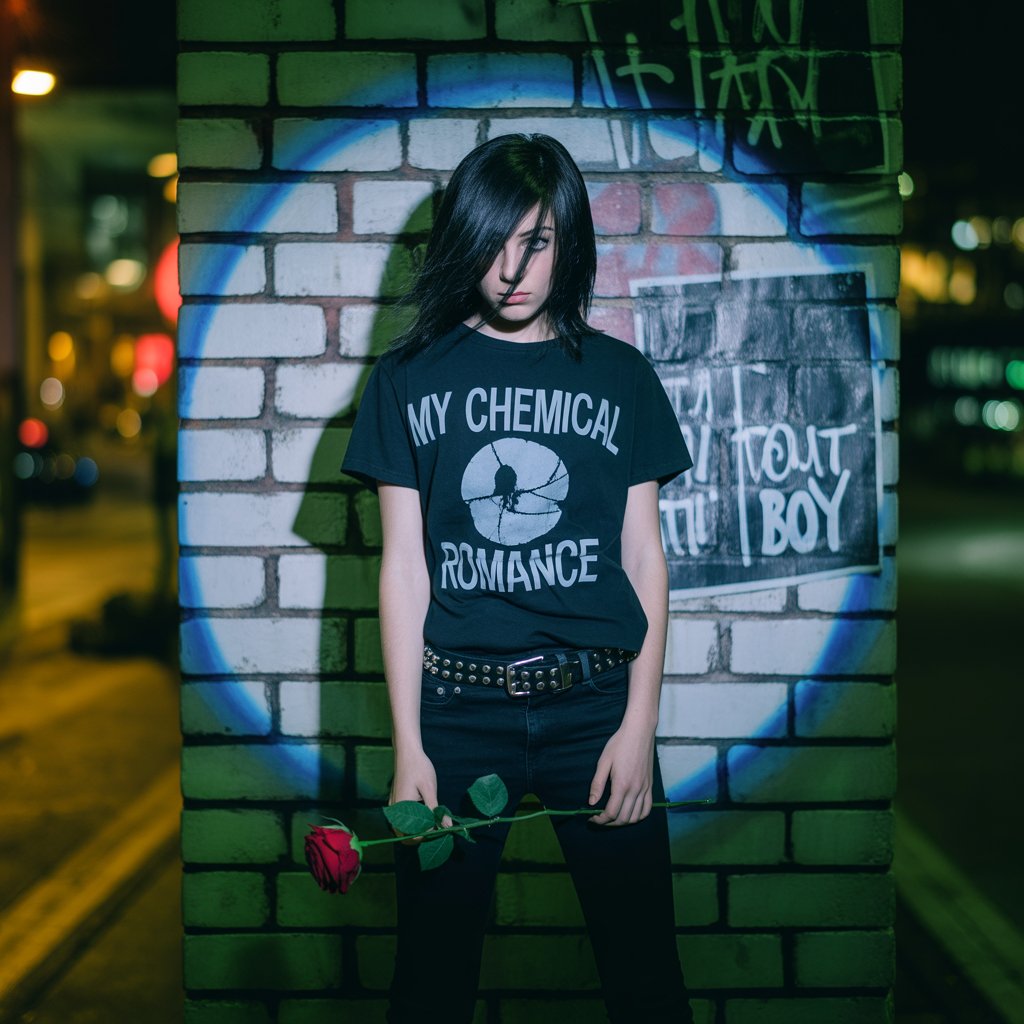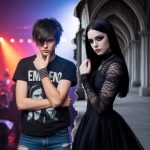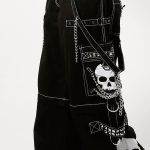The Best of Emo Culture in the 2000s

The 2000s were a defining era for Emo culture, marking a period when the scene truly gained worldwide recognition. Although the roots of Emo trace back to the 1980s, it was during this decade that the subculture expanded with new sounds, fashion, and emotional depth. From the underground to the mainstream, Emo took many different forms that still influence alternative music and style today.
Alternative Emo Rock
The earliest foundation of Emo music came from alternative rock, also known as Emocore. This sub-genre blended elements of punk and pop-punk, dominating the 1990s and shaping much of what we now know as Emo. Bands like Sunny Day Real Estate, The Promise Ring, and The Red Jumpsuit Apparatus helped create the blueprint that carried into the 2000s.
Gothic Rock Influences
Though often confused, Goth and Emo rock evolved in separate ways. Goth leaned toward a darker, moody, and dramatic aesthetic, while Emo expressed vulnerability and emotional storytelling. The two occasionally blended, giving rise to bands like My Chemical Romance, AFI, and Black Veil Brides—artists who combined theatrical visuals with raw emotional energy.
Midwest Emo
A softer, more melodic branch of Emo emerged in the Midwest. Unlike the heavier emotional intensity of standard Emo, Midwest Emo focused on slower tempos, heartfelt lyrics, and intricate guitar work. Bands such as American Football, Cursive, and Mineral became pioneers of this style, shaping a more reflective side of the subculture.
Pop-Punk Emo
One of the most recognizable styles of the 2000s was Pop Punk Emo, which blended catchy hooks with emotional depth. This was the sound that resonated with teenagers everywhere, making it feel like each song was written directly for them. Good Charlotte, Sleeping With Sirens, and A Day to Remember became staples of this wave, turning Emo into a mainstream phenomenon.

Expanding Variants of Emo
As the decade progressed, Emo diversified into several unique sub-genres:
- Christian Emo offered hope and faith-driven lyrics with bands like This Providence.
- Math Rock Emo combined technical instrumentation with personal themes, seen in TTNG and The Fall of Troy.
- Metal Emo merged aggression with emotion through bands like Alesana and The Amity Affliction.
- Screamo, perhaps the most famous sub-genre, leaned heavily on intense vocals and themes of loneliness, anxiety, and heartbreak with bands like Silverstein and Pierce the Veil.
Emo Beyond Borders
The culture was not limited to the United States. Paramore and Hop Along brought women into the Emo spotlight, while Japanese Emo bands like Radwimps and Coldrain created their own powerful interpretations of the genre. Cities like Chicago also became hubs for Emo, birthing groups such as Fall Out Boy and Madina Lake.
The Legacy of Emo in the 2000s
The 2000s cemented Emo as more than just a style of music—it became a lifestyle. With its mix of Punk Rock energy, emotional storytelling, and distinctive fashion, the subculture gave voice to a generation. From underground shows to mainstream radio, Emo carved its place in history and continues to inspire fans today.
Whether through heavy Screamo, melodic Midwest sounds, or pop-punk anthems, Emo culture in the 2000s remains unforgettable. It was an era of self-expression, creativity, and emotional honesty that still resonates with anyone who has ever found themselves in the lyrics of a song.
Recent Posts
Rock the Beat in Style: Free Music Festivals in California and the Rise of Emo Pants Culture
September 25, 2025Categories
Related Articles
Ultimate Style Guide: Emo & Pop Punk Fashion with Black Emo Pants and Tripp Pants
Emo and Pop Punk aren’t just music genres—they’re entire lifestyles. From dark,...
ByemopantsOctober 6, 2025The Famous 2000s Emo Fashion — Is It Back with Emo Pants?
The 2000s were iconic for many reasons, but nothing defined that era...
ByemopantsOctober 6, 2025What It Really Means to Be Emo: Style, Culture & the Power of Emo Pants
Emo isn’t just a genre of music—it’s a way of life, a...
ByemopantsOctober 6, 2025Free Music Festivals in California & The Perfect Vibe with Emo Pants
California is more than beaches, palm trees, and Hollywood stars—it’s also home...
ByemopantsOctober 6, 2025
















Leave a comment